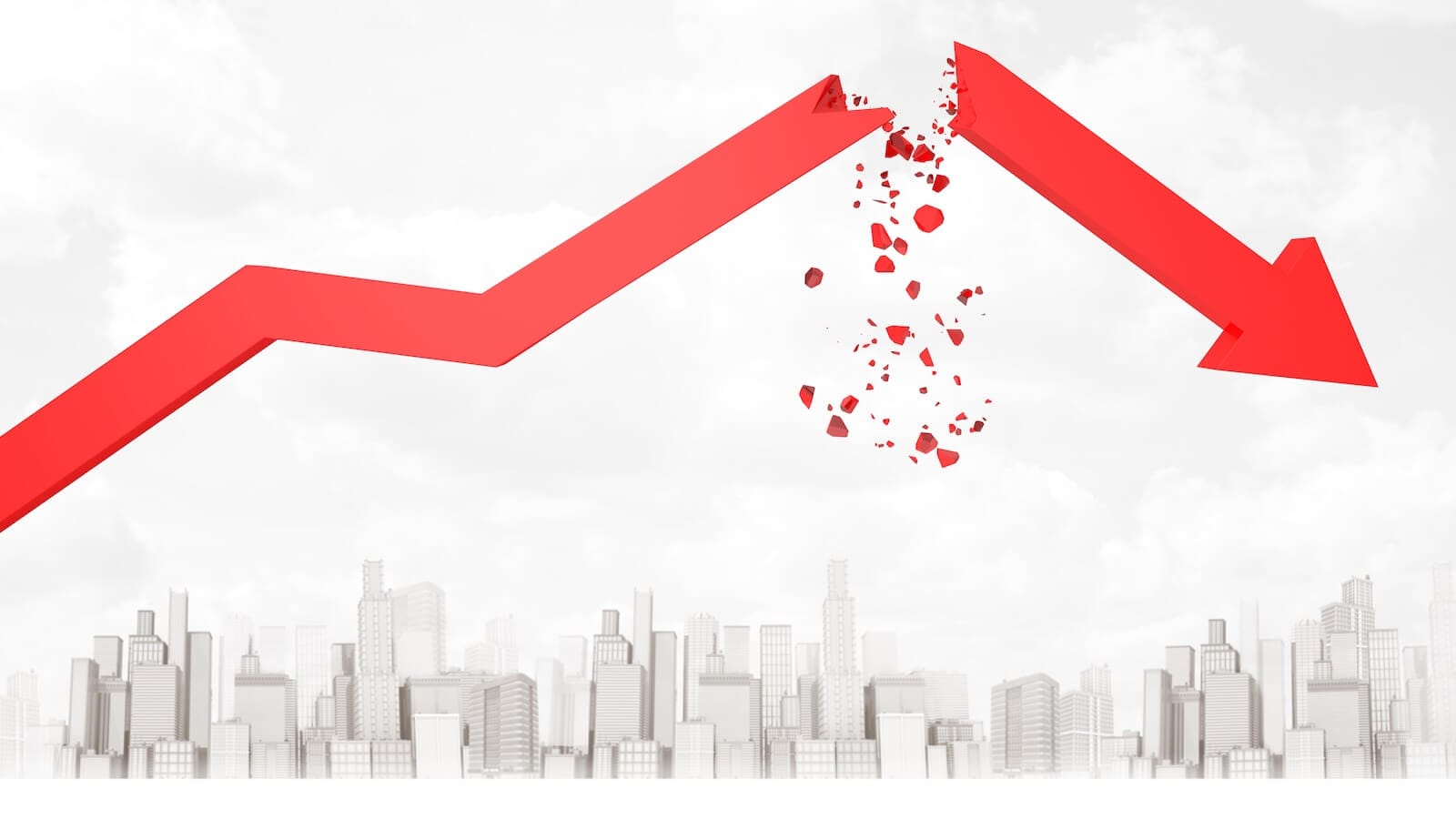DEFINING UPPER LIMITS TO BEAR MARKET BOUNCE -- S&P 500 IS TESTING 38% RETRACEMENT POINT AND FEBRUARY HIGH -- A 50% RETRACEMENT IS POSSIBLE BUT ONLY IF FEBRUARY HIGH IS EXCEEDED
LONG-TERM AVERAGES ... One of our readers asked about the 40- and 80-week moving averages, and correctly points out that the shorter average is moving down toward the longer. I prefer to convert the weekly averages to dailies which become a 200-day and 400-day combination as shown in Chart 1. I haven't done a lot of research on the implications of the 200-day dropping below the 400-day. But I assume it wouldn't be a good sign for the market. The last time that happened was in 2001. Possibly of more importance is the idea that both averages are important overhead resistance barriers if the current rally is able to surpass its February high. There's another moving average to consider however.

Chart 1
FIRST BARRIER IS THE 100-DAY AVERAGE... The two moving averages that we normally look at are the 50- and 200-day averages. Of those two, the 200-day is the more important because it determines the major trend. At the moment, the major trend is down. Two other averages that I pay attention to are 100- and 400-days. I get them from studying weekly and monthly Bollinger bands which use 20 weeks and 20 months as their midpoint line (more on that shortly). Those two numbers translate into 100- and 400-days. Chart 2 shows those two lines overlaid on the daily S&P 500 chart. The fact that the 100-day line is below the 200-day is negative. The S&P has already reached the 100-day average. In order to signal a more substantial bear market rebound, the S&P needs to close over the 100-day line and its two February peaks at 1388 to 1396.

Chart 2
LONG-TERM BOLLINGER BANDS ... The next two charts show why I consider the 20-week and 20-month averages so important. Chart 3 applies weekly Bollinger bands to the S&P 500. The middle line is the 20-week average (which translates into 100-days). That middle line acts as an important support and resistance level. In major downtrends, prices usually fluctuate between the 20- week average (resistance) and the lower band (support). In order to signal a stronger rebound, prices need to close back over the 20-week (or 100-day) average. The S&P is now in the process of testing that intermediate resistance line. Chart 4 uses monthly Bollinger bands with a 20-month middle line. As you can see, the 20-month (or 400-day) average is a major support and resistance line. It acted as major resistance from 2000 to early 2003, and major support between 2003 and 2007. The major support line has now been broken for the first time in eight years. The S&P has found some support at its lower Bollinger band. The major trend will remain down, however, as long as prices stay below the 400-day moving average. Here's how I would put the two lines together. The 400-day average should act as major resistance in any substantial rally attempt. For prices to reach that upper line, however, the S&P needs to close over its 100-day average and its February high. Right now, that initial resistance is being tested.

Chart 3

Chart 4
UPPER LIMITS TO BEAR BOUNCE... The reasons I'm spending so much time defining upper limits to the current rally is because I've received so many questions on it. Hopefully, Chart 5 puts things into even better perspective. Recently, I wrote that an intermediate bear market bounce could retrace 38% to 50% of its prior downtrend. Those are the pink lines drawn on Chart 5. The 38% line coincides with the February high and the 100-day average (not shown here). That's the first serious resistance zone above the market and is now being challenged. If the S&P 500 is able to clear its February high, a further rally to the 50% line is possible. That coincides pretty closely with the 400-day average and a trendline drawn over the October/December highs. In either case, these are still considered to be bear market bounces.

Chart 5










